Cryptid Club by Sarah Andersen
It’s that time of year again–the 2023 Will Eisner Comic Industry Awards (better known as the Eisner Awards) will be held on July 21, 2023, in conjunction with Comic-Con International: San Diego. The pinnacle of comics accolades, they are named for Will Eisner who was a cartoonist, as well as a pioneer of the comic book industry and of graphic novels. Eisner valued high-quality work within his field and championed both works and creators to the public at large. The annual awards honor excellence in more than two dozen categories over the previous year.
Even though I never quite make it through the entire list of nominees, I enjoy delving into the current nominee list and reflecting on some old favorites. This year, I find myself loving the 2023 “Best Humor Publication” nominee Cryptid Club by Sarah Andersen.
Andersen is the author and illustrator of the popular “Sarah’s Scribbles” comic strip which uncovers the life of “an adulting introvert” which is full of delightful, awkward weirdness. In Cryptid Club, she turns her lens to an imaginary social club composed of creatures whose existence is unproven. Bigfoot, Slenderman, the Loch Ness Monster, Mothman, ghosts, space aliens, and a host of other characters gather to share stories of human encounters, to hassle each other and humans, and to carve out a place for themselves in the world.
Arranged primarily in single-page spreads, Cryptid Club offers a full-color mini-story on each page. The text is tight and concise as are the jokes. A four-panel page shows two space aliens complimenting their art skills, “Omg, you DREW that?…You are so talented…I can’t even draw a stick figure” then pulls back to a long shot of mysterious shapes carved into a hillside of chalk. One of my favorite pages offers two vertical panels–the top a closeup shot of a famous creature of the deep shouting in a scary font, “RELEASE THE KRAKEN!” and the bottom one a wide shot showing a fenced-in baby kraken next to its mother who is reading a newspaper while deadpanning, “You’re staying in time-out, Benjamin.” In the two-panel page “The Call of Cthulhu”, the title character stares down at a cell phone while steeling itself to answer, “Come on, Cthulhu. Pick up the phone. Your anxiety does not control you. You can do it.” Andersen’s quirky humor shines in a spread introducing Mothman to the audience. Bigfoot describes Mothman to a ghost saying, “Have you heard the legend of Mothman? He only appears to humans before a disaster.” Then, we see a woman preparing to cut her hair exclaim, “These bangs are gonna be so cute!”
Sarah Andersen offers a delightful, funny take on the anxious moments of adulthood in a title that’s fantastic for adults and many teens. Whether you’re into comic strips or the weird unknown, Cryptid Club is a hoot and well worth investigating. You can find it through our e-resources Hoopla and ComicsPlus. Happy reading!

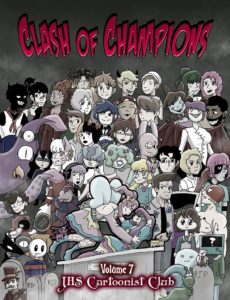
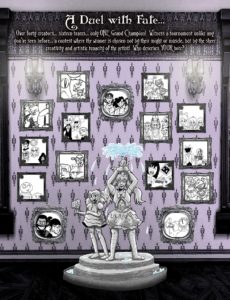
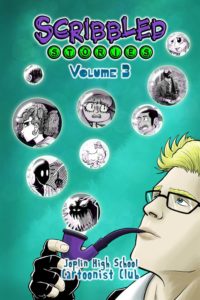 This was almost the shortest book review submitted here: “Read them! They’re wonderful!” Because that’s all you really need to know about the books published by the Joplin High School Cartoonist Club.
This was almost the shortest book review submitted here: “Read them! They’re wonderful!” Because that’s all you really need to know about the books published by the Joplin High School Cartoonist Club.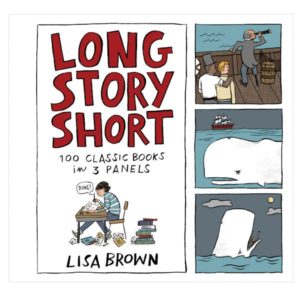
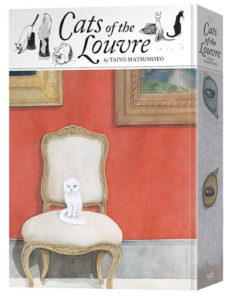
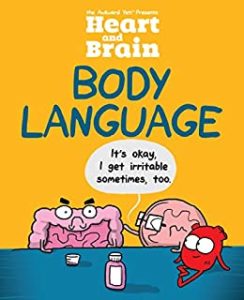
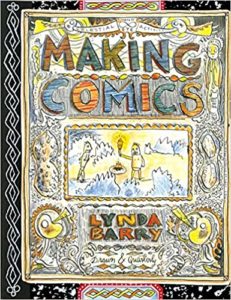 Heart and Brain: Body Language by Nick Seluk
Heart and Brain: Body Language by Nick Seluk